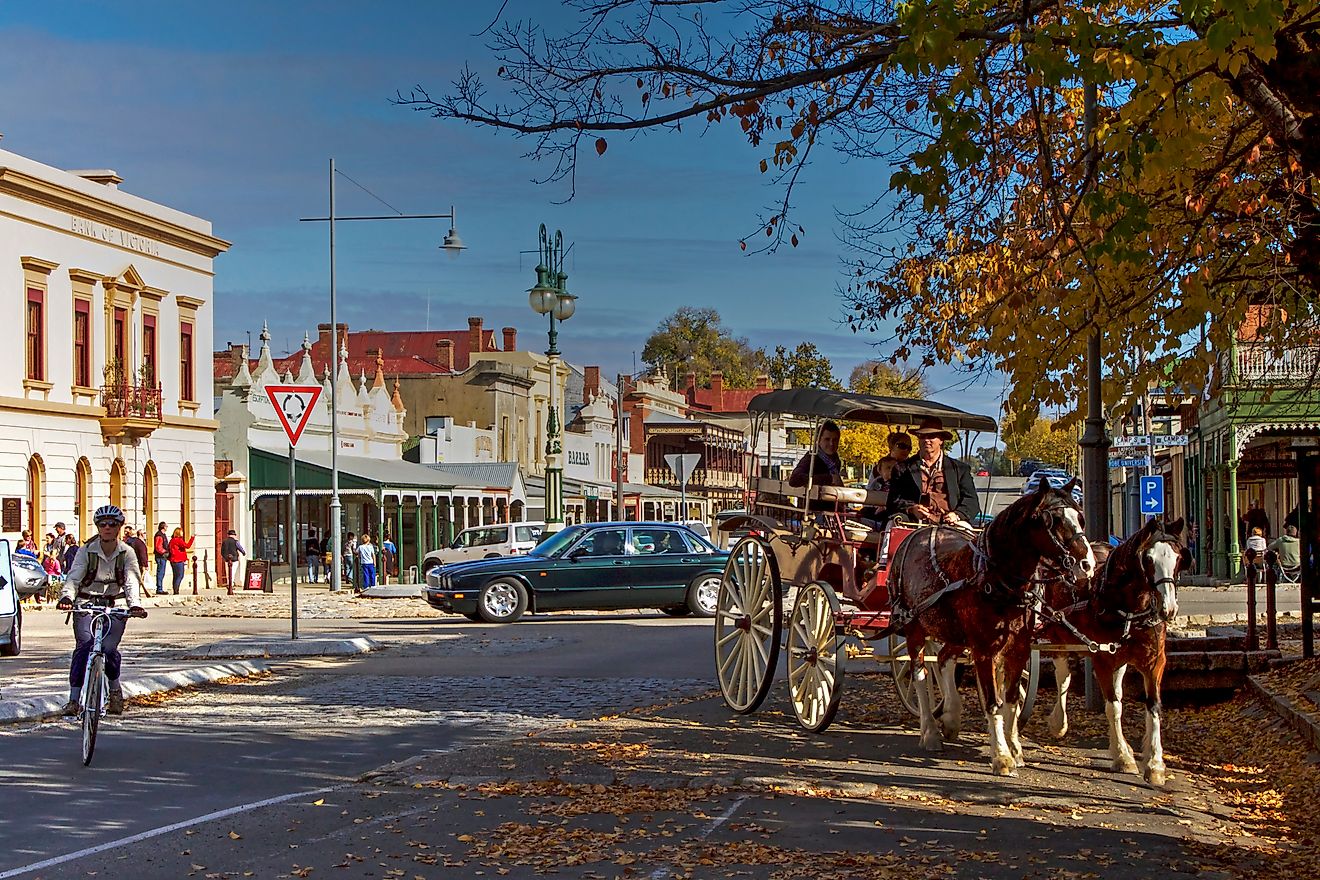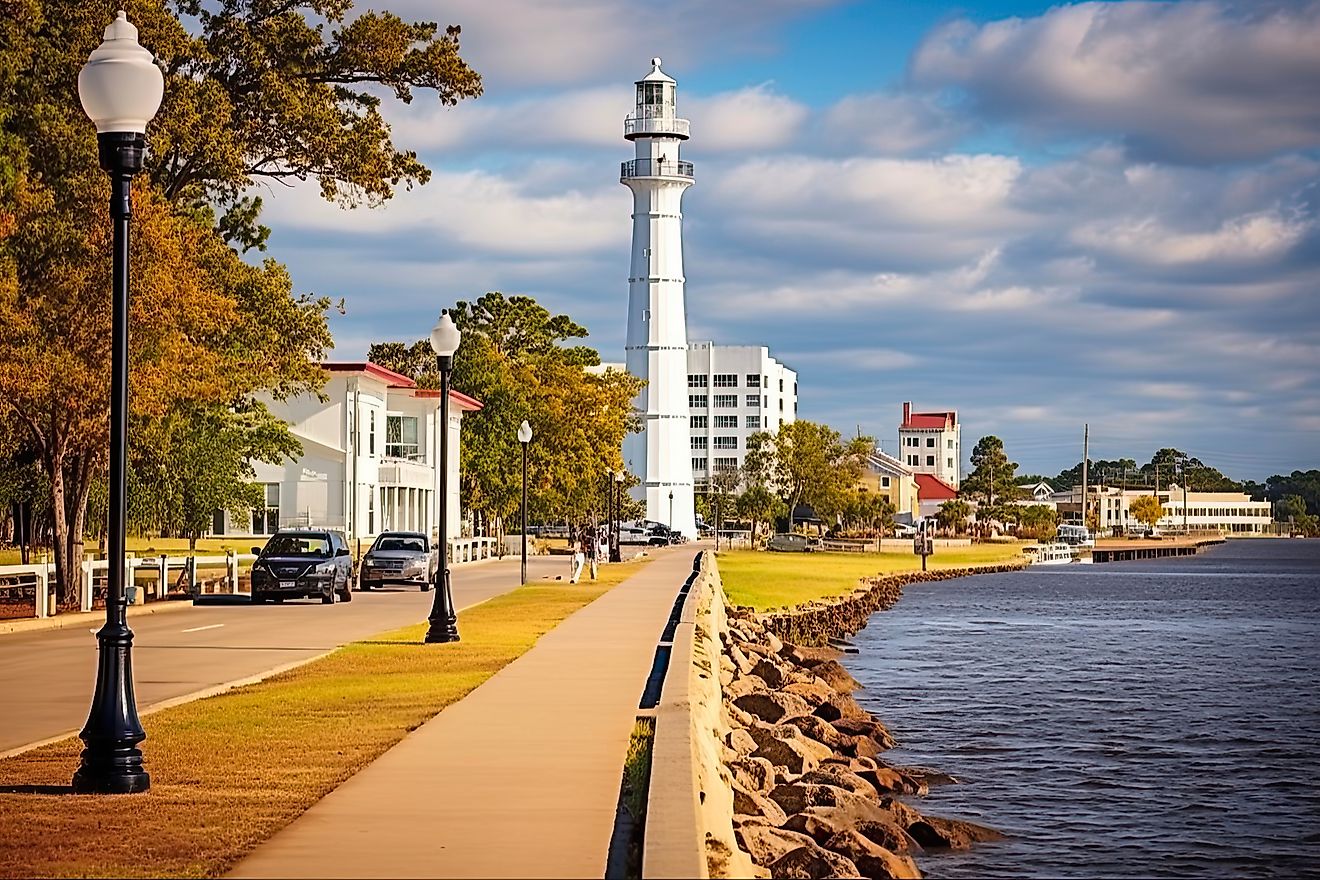
White Sands National Park, New Mexico
White Sands National Park is located in southern New Mexico, in the United States. It occupies an area of some 145,762 acres of land within the Tularosa Basin, and is named for the expansive white sand dunes that cover a large portion of the park land. White Sands contains the world’s largest gypsum dunefield, as the white sand dunes that cover 275 square miles of the park are in fact composed of sparkling white gypsum crystals. Along with the surrounding areas, this desert park is truly a natural world wonder.

History
In its earlier history, White Sands was popular for mining, as there was an abundance of gypsum salt and minerals in the region. Similarly, nearby grasslands and plains within the Tularosa Basin provided excellent herding and grazing grounds for livestock. But by the time of the second world war, following the unexpected bombing of Pearl Harbour, the primary use for the basin shifted.

The U.S. military occupied the basin and used its remote location as an ideal research facility and testing ground for military weapons, including the atomic bomb, which was tested there in 1945. White Sands Missile Range Museum and Trinity Site are now open to visitors, and showcase how the area was used for military and scientific advancement.
As far as being a national park, White Sands was originally named a National Monument in 1933 by Herbert Hoover. It wasn’t until 2019 that the park gained National Park status under the order of President Donald Trump.
Flora

Plants within the park are important, as their roots hold together the otherwise unstable sandy soil. Especially along the banks of the dunes, these plants help to stabilize the slopes and keep them from collapsing or eroding away.
Like in most desert landscapes, cacti and succulents are also abundant. These resilient species live with very little precipitation, but thrive in the park nonetheless. Species found in White Sands National Park include cane cholla, claret cup cactus, desert spoon, lechuguilla agave and New Mexico agave, prickly pear cacti, ocotillo, and both soaptree and torrey yucca.
Desert grasses are also common, as they do well in soil with high alkaline levels, like those found within the park. Alkali sacaton and Indian rice grass are two of the most common species in the park. These grass provide both shelter and food sources to many of the smaller mammals and rodents that reside in White Sands.

Trees and taller plants are less common in these climates, but some bushes and shrubs do grow here. Creosote Bush are very common, and grow to between three and five feet tall. Taller still are the Desert Willow, which can be upwards of 15 feet, as well as cottonwood, sumac, Honey Mesquite, saltbush, Hoary Rosemary Mint, and the flowering Rubber Rabbitbrush.
Other wildflowers include Purple Sand Verbena, Gypsum Centaury, Gyp Nama, Greenthread, Globe Mallow, Desert Mentzelia, and Colorado Four O’clock.
Fauna

Despite the fact that White Sands Park is mainly desert, a large number of animals do live within the park. Around 800 different animal species call the park home, most of which are nocturnal. Additionally, due to the large expansive white dunes, many of the animals which thrive here are white in colour, or have adapted to become lighter and blend in with their surroundings. Of the many species that reside here, 45 species have been found to be endemic to the area, most of these being species of moth.
Mammals that live in the park include the badger, Apache pocket mouse, black-tailed Jackrabbit and desert cottontail, the bobcat, the coyote and kitfox, Merriam's kangaroo rat, pocket gophers, and the pallid bat.
Two hundred and twenty species of birds have also been recorded in White Sands, many of which prey on these small rodents such as the burrowing owl, great horned owl, northern Harrier, red tailed hawk, and Swainson’s hawk.
Other species prey mainly on insects, of which the park has many, or eat grass seeds and the like. These include the cactus wren, Chihuahuan raven, barn swallow, black-chinned hummingbird, horned lark, loggerhead shrike, the northern mockingbird, western kingbird, and New Mexico’s state bird, the greater roadrunner.

In addition to these animals a wide range of insects and reptiles roam the sand dunes including a wide range of lizards and snakes, such as rattlesnakes, and a range of scorpion, spiders and other insects.











